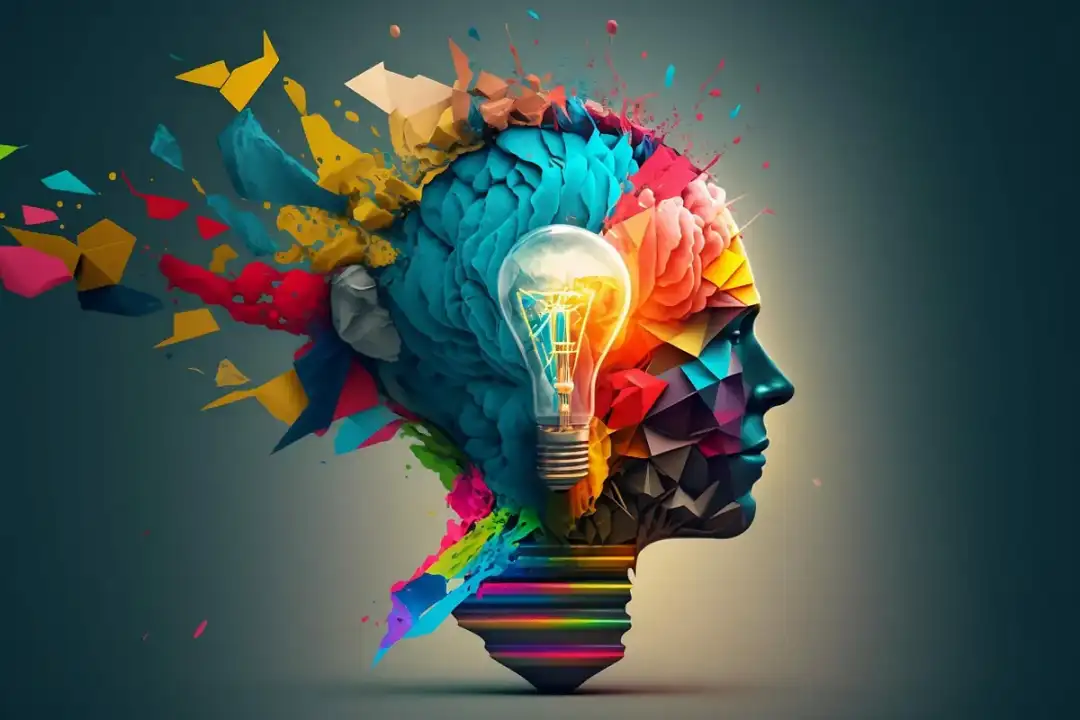Unveiling the Magic: A Comprehensive Look at Neural Radiance Fields (NeRF)
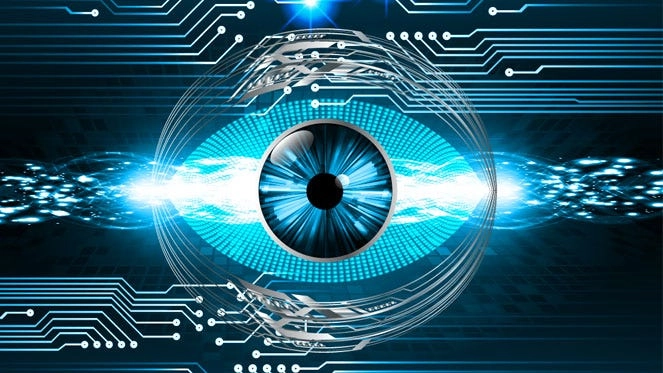
The digital world is constantly evolving, pushing the boundaries of what’s possible. One of the hottest new trends in this realm is Neural Radiance Fields, or NeRF for short. It’s a complex concept, but it has the potential to revolutionize how we interact with images and videos, breathing life into them and allowing for a whole new level of exploration.
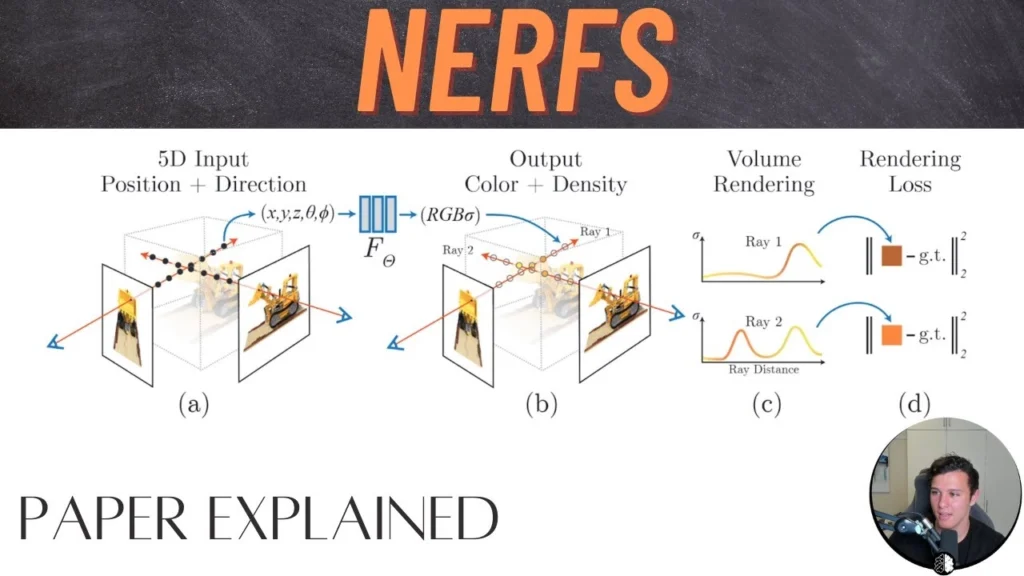
Demystifying NeRF: Beyond the Ordinary Photo
Imagine a photograph that’s more than just a flat image. Imagine one that holds the entire essence of a 3D scene within it. That’s the core idea behind NeRF. This groundbreaking technology utilizes a special kind of artificial intelligence (AI) called a neural network. Think of a neural network as a powerful learning machine, capable of identifying patterns and relationships within data. In the case of NeRF, the data comes in the form of a collection of ordinary photos taken from various angles of a scene.
Here’s where the magic happens: the neural network analyzes these photos, meticulously learning everything about the scene – the shapes and positions of objects, the intricate details of textures, and how light interacts with the environment. It’s like building a comprehensive understanding of the scene’s physical properties.
But NeRF doesn’t stop there. Once it has absorbed this information, it becomes a super-powered camera of sorts. It can generate brand new images of the scene from any viewpoint imaginable – from behind a tree, from a bird’s-eye view, or even inside a building captured in the photos. It’s like having a 3D model you can manipulate and explore right on your screen.

Why is NeRF Such a Game Changer?
The potential applications of NeRF are vast and could fundamentally change how we interact with digital content. Here are some exciting possibilities that lie on the horizon:
- Next-Level Gaming: Imagine exploring sprawling virtual worlds with newfound freedom. NeRF could allow you to peek around corners, climb over obstacles, and truly feel immersed in the environment, adding a whole new dimension to gaming experiences.
- Enhanced Virtual Reality (VR): VR experiences could transcend their current limitations. NeRF has the potential to make VR worlds feel more real and dynamic, allowing you to truly feel like you’ve stepped into another place.
- Revolutionizing Movies and TV: Imagine being able to explore a movie scene from any angle, get a closer look at the intricate details of the set design, or follow a character seamlessly as they move around the scene. NeRF could redefine how we experience movies and television shows.
- Simplifying 3D Modeling: Creating 3D models of objects could become significantly easier. NeRF might eliminate the need for complex, specialized software and reduce the number of photos required for accurate modeling.
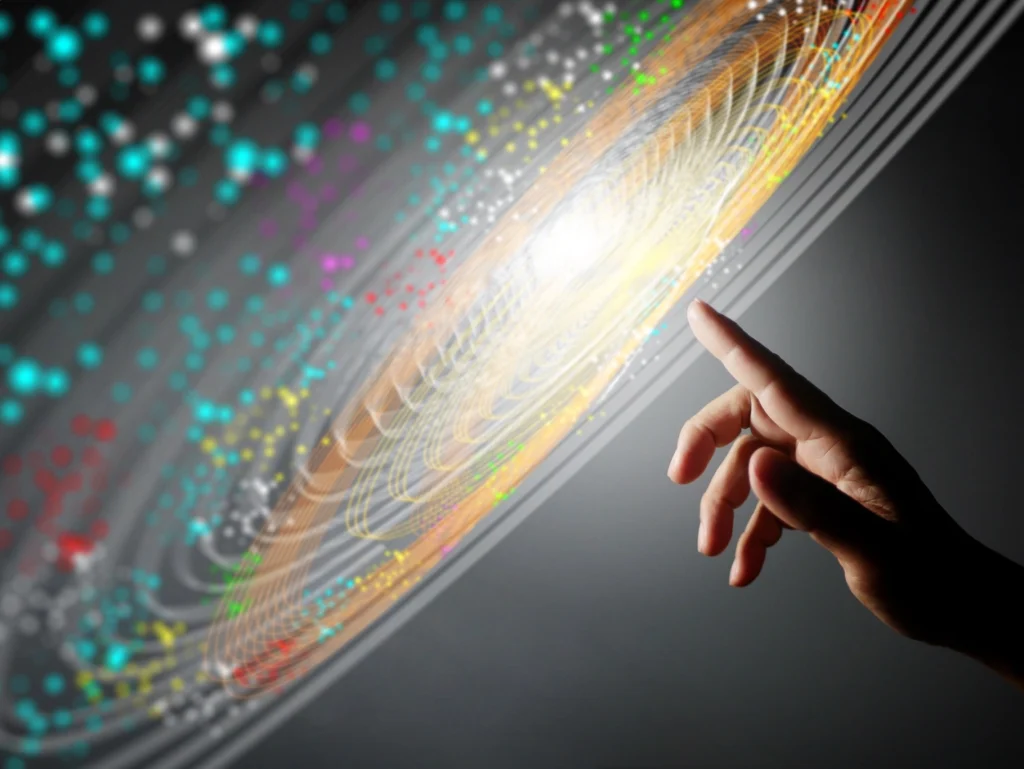
Unveiling the Inner Workings: A Simplified Look at NeRF’s Magic
While NeRF is a complex technology, let’s break down its core functionality in simpler terms. Instead of actually storing a 3D model, NeRF employs a sophisticated mathematical formula. This formula takes two key pieces of information as input:
- A point in 3D space: Think of this as a specific location within the scene.
- A viewing direction: This represents the angle from which you want to see the point in 3D space.
Using these inputs, the formula outputs the color you would see if you were looking at that specific point from that particular angle. Remember, this formula is trained on the collection of photos, allowing NeRF to capture the scene’s details and lighting effects with remarkable accuracy.
NeRF: Not Without its Challenges
While NeRF holds immense promise, it’s still under development, and there are some hurdles to overcome. Training a NeRF model requires a significant amount of data – a large collection of high-quality photos from various angles. This data can be demanding in terms of storage and processing power. Additionally, the resulting NeRF models themselves can be quite large, making it difficult to share and store them efficiently.
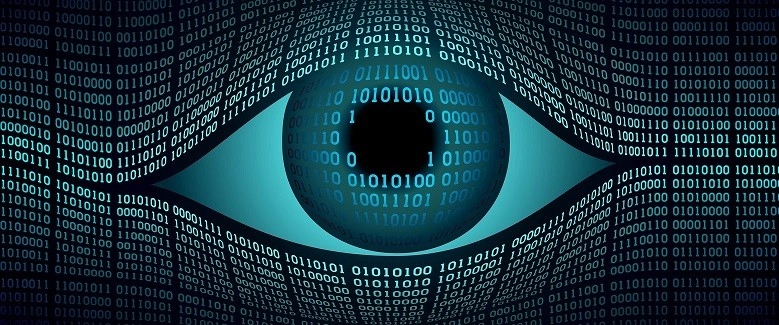
The Future of NeRF: A Glimpse into the Possibilities
- Revolutionizing Social Media: Imagine capturing a moment not just as a flat image but as a complete 3D experience that you can share with friends and family. NeRF could transform social media into a platform for sharing immersive experiences.
Beyond the Hype: The Broader Impact of NeRF
The potential impact of NeRF extends beyond entertainment and e-commerce. It has the potential to revolutionize fields like:
- Architecture and Design: Imagine architects and designers being able to create and explore 3D models of buildings with unprecedented detail and realism, allowing for better visualization and collaboration.
- Archaeology and Cultural Preservation: Imagine using NeRF to create detailed 3D reconstructions of historical sites and artifacts, offering a valuable tool for preservation and education.
- Autonomous Vehicles: Imagine self-driving cars using NeRF technology to create a more comprehensive understanding of their surroundings, leading to safer and more efficient navigation.
Conclusion: A New Era of Digital Interaction
NeRF represents a significant leap forward in the realm of computer vision and artificial intelligence. While it’s still in its early stages, the possibilities it holds are truly captivating. As researchers continue to refine the technology and overcome current challenges, NeRF has the potential to redefine how we interact with digital content, blurring the lines between the two-dimensional and the three-dimensional. From revolutionizing entertainment to enhancing scientific exploration, NeRF promises an exciting future where the digital world becomes more immersive, interactive, and closer to reality than ever before.










